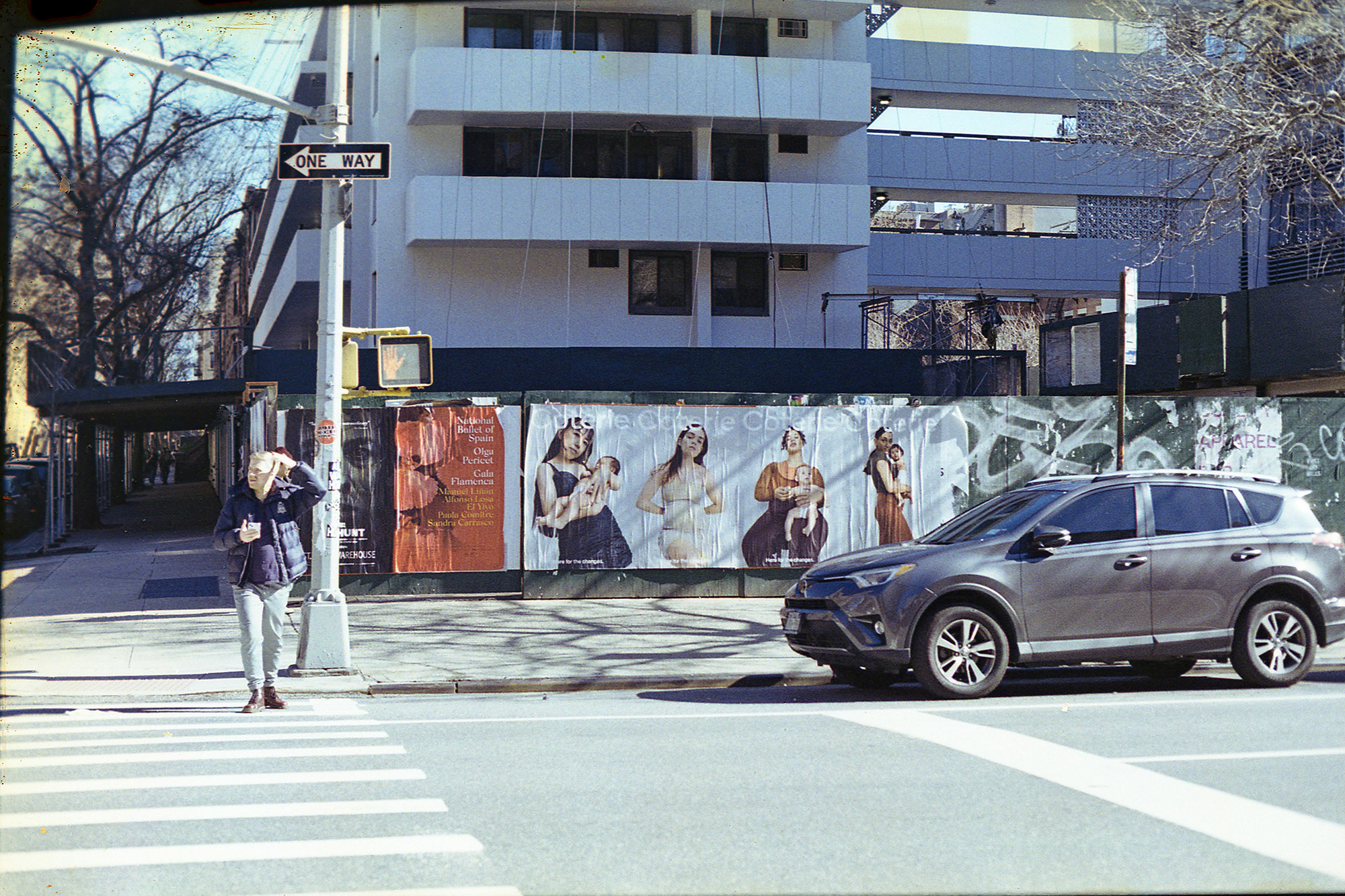I've watched volunteers come back from canvassing shifts completely wrecked after knocking 50 doors, while others bounce in after hitting the same number looking like they could do another round. The difference isn't fitness or stamina. It's route planning.
Bad route planning will burn out your best volunteers and waste hundreds of hours over the course of a campaign. Good route planning doubles your efficiency and keeps people coming back. Let me show you what actually works.
The Pattern Nobody Thinks Of
Most people's instinct is to start close to their car and work outward. That makes sense, right? Get the nearby doors first, then expand.
Wrong.
The pattern that consistently works best is what I call the Modified Serpentine, and it's counterintuitive as hell.
The Modified Serpentine Pattern
- Start at the point farthest from your car
- Work one side of the street back toward your vehicle
- When you hit the end, cross over and work the opposite side back to where you started
- Move to the connecting street and repeat
Why does this work? Because you're always moving toward your car, not away from it. Need to restock literature? Quick trip. Bathroom break? Right there. Weather turns nasty? You're heading home anyway. There's also something psychological about working "toward home" that keeps momentum up better than constantly moving away from your safe zone.
I learned this the hard way after spending an entire Saturday working away from my car and running out of literature with two hours of canvassing left and a 20-minute walk back.
Not Every Door Deserves Your Time
Here's an uncomfortable truth: treating every door equally is inefficient and stupid. You have limited time and limited volunteer energy. Spend them wisely.
🎯 Hit These First
- Sporadic voters: Registered but inconsistent turnout
- Recent registrations: New to the area
- Previous undecideds: Asked for follow-up
⚠️ Medium Priority
- Consistent voters: Unknown preferences
- Young voters: Ages 18-25
- Previous "not home": Third attempt max
❌ Skip Entirely
- Confirmed opposition: Already decided against you
- Strong supporters: Quick check-in only
- No trespassing signs: Respect boundaries
- Vacant properties: Update database
Digital Tracking Changes Everything
I used to run canvassing operations with paper walk lists and clipboards. Then we switched to app-based tracking and it felt like cheating. The difference is that dramatic.
Before You Leave
- Download offline maps (cell service dies more often than you'd think)
- Sync your voter database for recent contact history
- Check previous visit notes
- Load your walking route and let the app optimize the path
While Canvassing
- Prevents multiple volunteers hitting the same door
- Real-time visibility of who's been where
- Monitor your own progress and contact rate
- GPS tracking for safety purposes
- Automatic interaction logging with timestamps
Different Neighborhoods Need Different Strategies
🏘️ Suburban Subdivisions
Strategy: Work in cul-de-sac clusters
Challenge: Long driveways and gated communities
Timing: Early evening for commuters
Tip: Park strategically to minimize dead distance
🏙️ Urban Grid
Strategy: Traditional serpentine patterns
Challenge: Apartment buildings with security doors
Timing: Weekend mornings or early evenings
Tip: Single-family homes first, apartments separately
🌾 Rural Areas
Strategy: Drive to each cluster of houses
Challenge: Properties quarter-mile apart
Timing: Avoid early mornings (chores)
Tip: Group by geography, not voter file order
Weather Isn't Just Background Noise
🌡️ Hot Weather
- Start at 8 AM before it gets brutal
- Hit shaded streets first (east-facing houses)
- Hydration stops every 45 minutes
- Light clothing and hat essential
❄️ Cold Weather
- Shorter routes (90 minutes max)
- Plan indoor breaks (coffee shops, offices)
- Dress in adjustable layers
- Hand warmers aren't optional
🌧️ Rainy Weather
- Light drizzle = perfect for catching people home
- Focus on covered porches and apartments
- Storms = postpone for safety
- Don't make volunteers miserable
The 30-Second Rule Saves Hours
If nobody answers within 30 seconds of knocking, leave literature and move on. Don't stand there wondering if they're in the bathroom or pretending they're not home. Don't knock again. Don't peek in windows like a creep.
Mark it "not home" with a timestamp and keep moving.
Conversation Time Management
- Supporters: 2-3 minutes max (they're already with you)
- Undecided voters: Worth 5 minutes of your time
- Opposition: Polite thank-you and leave
- Chatty neighbors: Need a graceful exit strategy
Track the Right Numbers
📊 Key Metrics
- Doors per hour: 15-20 in suburban areas
- Contact rate: Conversations per doors knocked
- Walking efficiency: Distance vs doors reached
📈 Weekly Review
- Which neighborhoods had highest contact rates?
- What time of day worked best where?
- Which routes felt efficient vs exhausting?
- How did weather affect productivity?
A Real Day Done Right
Here's what an efficient five-hour canvassing day actually looks like:
Compare that to the volunteer who goes out with no plan, gets lost, backtracks constantly, wastes time, and comes back exhausted after knocking 50 doors with 15 conversations and no clear notes. Same time investment, completely different results.
The Actual Bottom Line
Route optimization isn't about being robotic or losing the human connection. It's about sustainable efficiency. You want maximum voter contact without destroying your volunteers.
Every neighborhood is different. These strategies are your foundation, but you'll need to adapt based on local conditions and actual results. Pay attention to what works. Track your data. Adjust your approach.
Before your next canvassing session, map out your route using the Modified Serpentine pattern. Identify your high-priority doors. Time yourself. Compare the results to your previous unplanned sessions.
The difference will make you wonder why you ever did it any other way.
